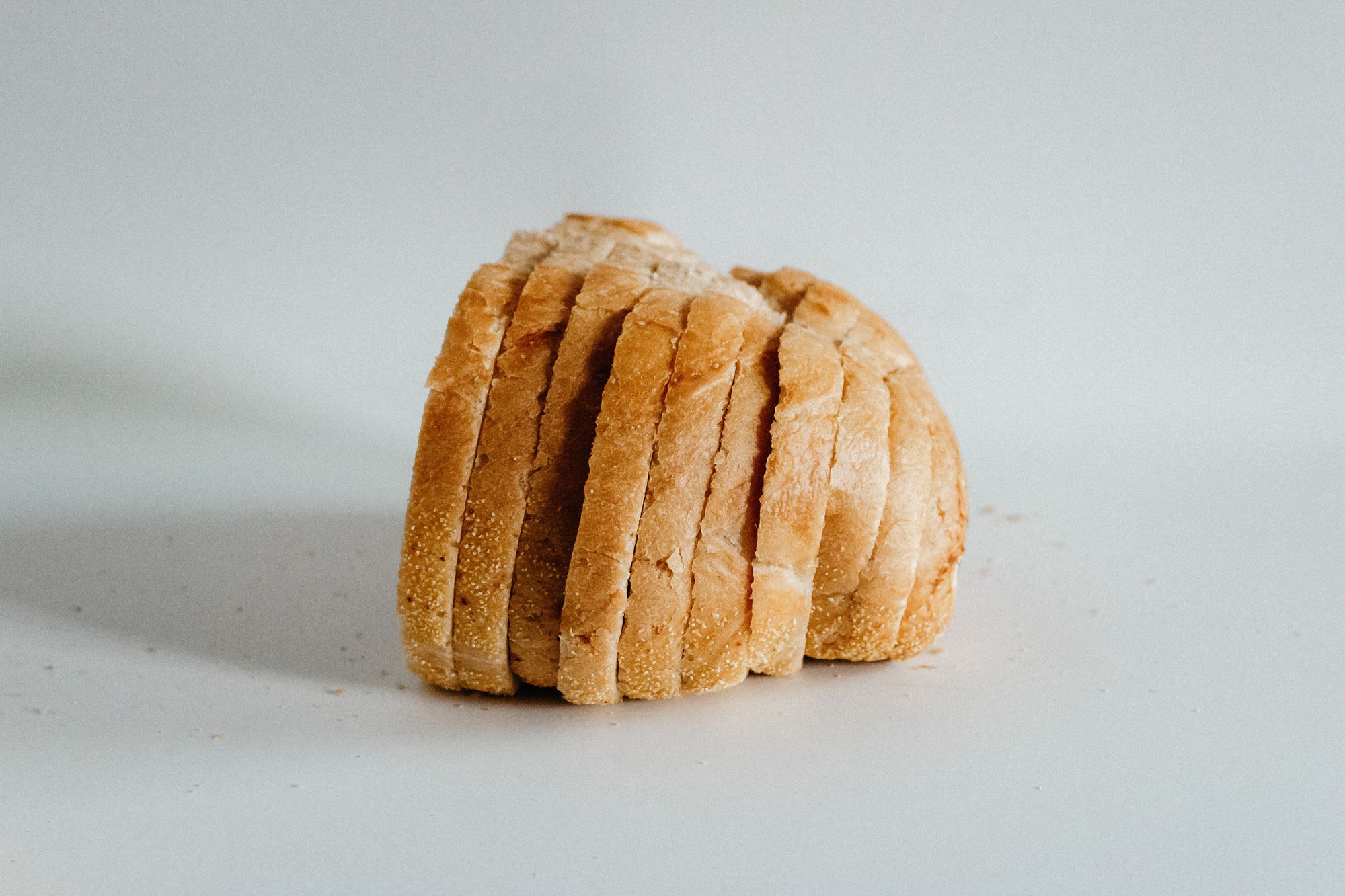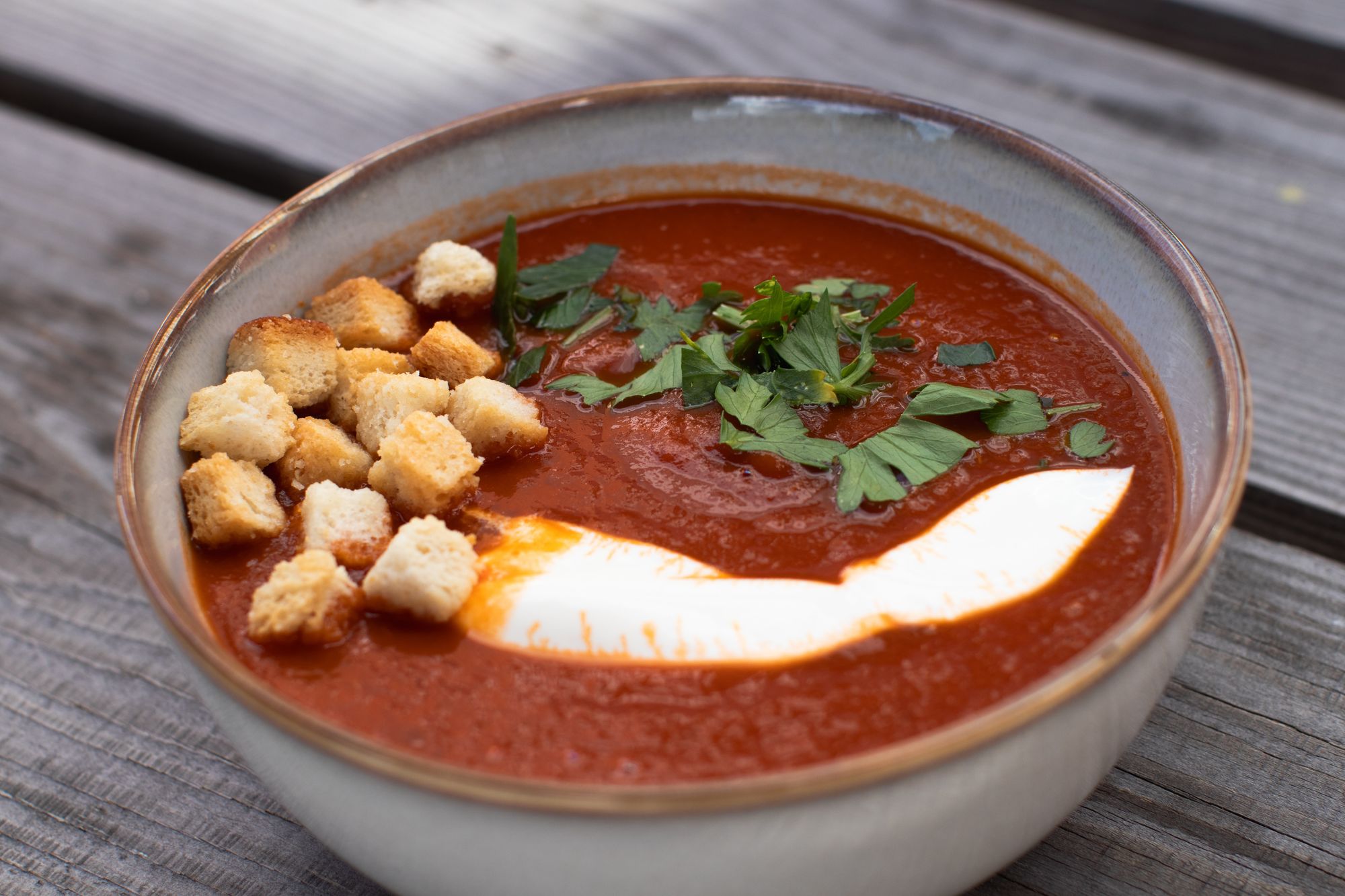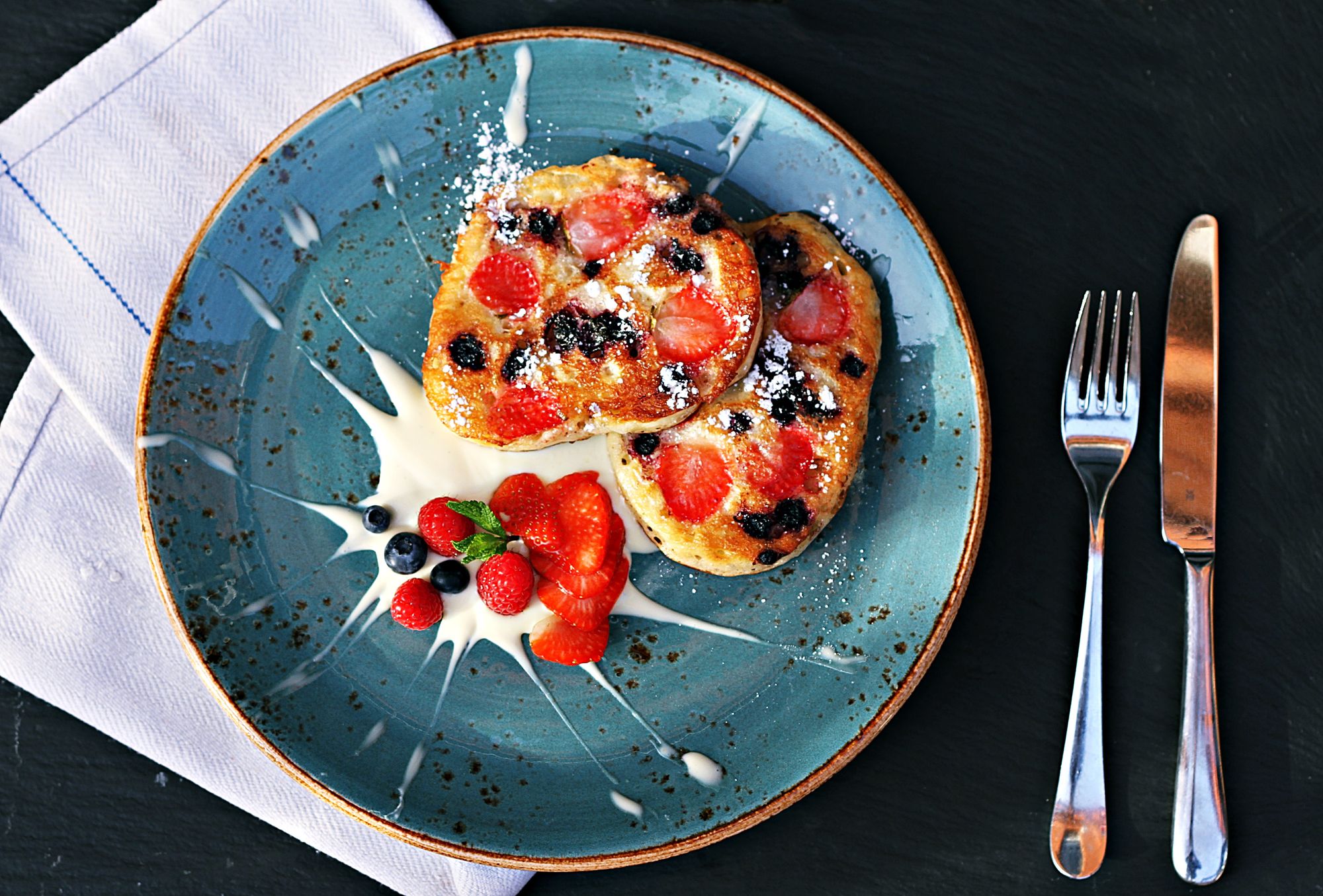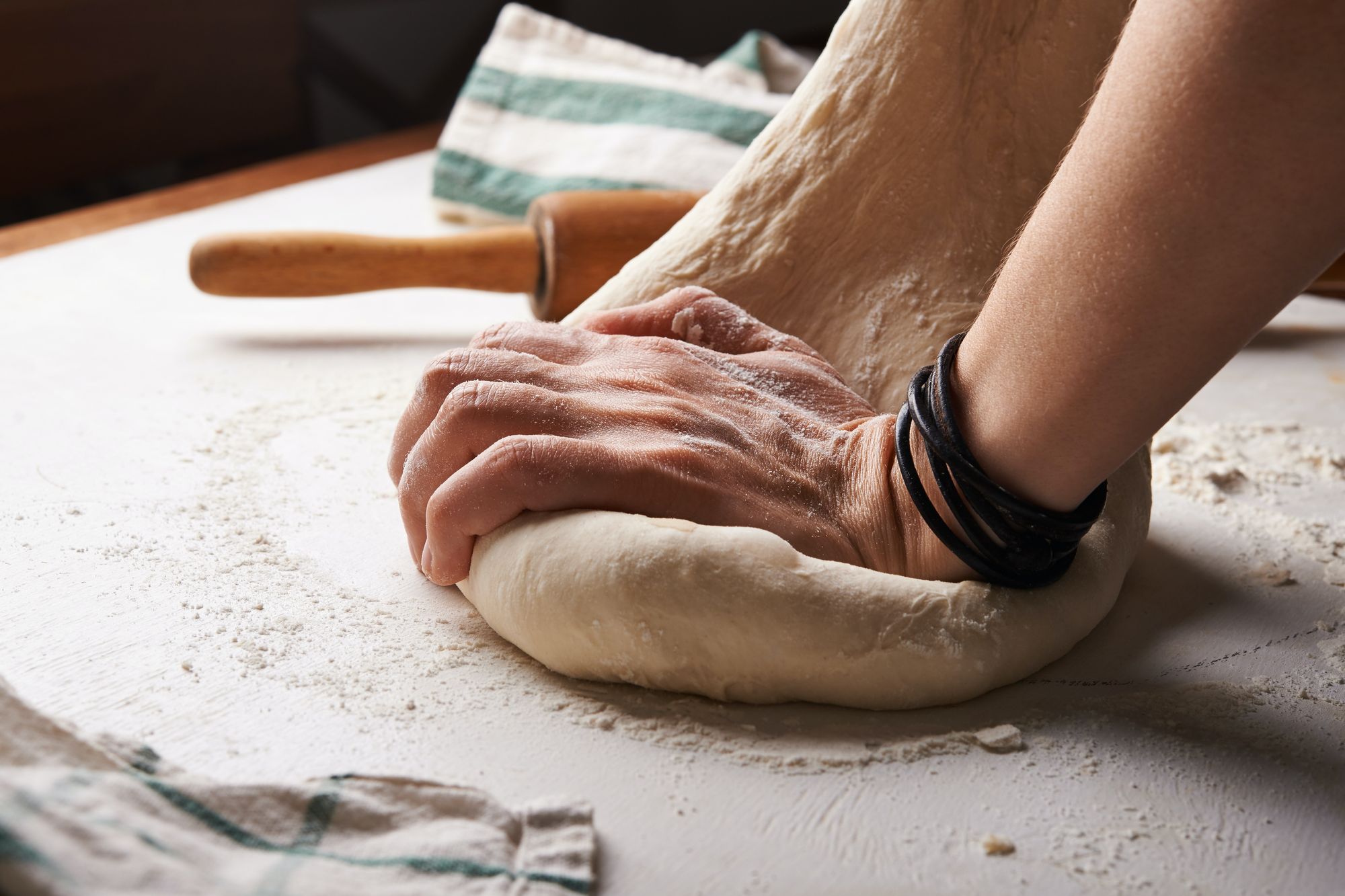Waste Not, Want Not. Bread

I'm really torn about writing this post as having recently read Ultra Processed People, it's clear that most, if not all, supermarket bread is just bad for us.
I first and foremost recommend making your own bread if you want to eat both healthily and sustainably. It's certainly on my to-do list... but the reality is very different! I don't have the time nor the skills and, like many, it just never gets to the top of the 'to-do' list.
So let's focus on waste.
There is a HUGE amount of bread wasted every day. Supermarkets are overproducing, (which of course they can afford to do as it's so cheap to make) and they do this because full shelves are more appealing to shoppers. The Community Fridge in Frome, aimed at reducing food waste, is regularly full to the brim with buns, loaves and baguettes donated to them and then written off by supermarkets, as a result of this over production.
However it's not just the larger manufacturers of bread that have a waste problem. Small, local, independent bakeries - the sort we like to champion - can still only guess at how many loafs they will sell on any given day. The Real Bread Campaign started the No Loaf Lost guide and pledge to help prevent surplus being created in the first place, and Too Good To Go helps food businesses sell any leftovers so they avoid being wasted.
Even with the highest quality bread, there is only so much we can and indeed should eat on a daily basis but the reality is that the waste exists and with a bit of creativity we can make sure as little as possible ends up in bin.
Here are a few ideas...

Breadcrumbs
It seems obvious but stale bread makes for good breadcrumbs. Break the bread up a bit, bake in the oven on a low heat to dry it out, then pulse in a food processor. You can use them immediately to coat meat or fish or use them as a topping for a pasta or veggie bake. You can even top crumble with breadcrumbs if you're more of a sweet tooth!
They do freeze so why not make up some homemade fish fingers, breaded chicken, or simply freeze in a container to use at a later date.
Croutons
Yep, big breadcrumbs :)
If you have stale bread you can chop it up into dice-sized pieces, put it on a baking tray with a scattering of herbs, salt, and a drizzle of olive oil, and pop it under the grill for a few minutes and they will come out perfect for pairing with salads like Panzanella in the summer, or as a topping for autumnal soups.
Sunday Roast Sides
As we move through the 'ber' months and Sunday roasts become more of a staple, you can use breadcrumbs to make bread sauce, add to stuffing mixes, and also use to make a nut roast as an accompaniment or for a meat-free alternative. If you have leftovers, why not pop them between slices of staling bread and soak in gravy.

Eggy Bread
A childhood fav - soak bread in egg, fry, and scatter with sugar to make a sweet breakfast. Eggy bread is also known as French Toast which usually uses cinnamon and of course you can build on that by serving with fresh fruit and yoghurt, or simply top with jam. Stewed apples would make a great seasonal addition.
Bread and Butter Pud
Bread and Butter isn't everyone's favourite but if I were to say chocolate bread and butter pud then maybe you'd change your mind! You can use soft rolls or try brioche bread which works especially well as it adds to the sweetness. Again, experiment with flavours, apple and cinnamon, chocolate orange; I even discovered a receipe for Hot Cross Bread and Butter Pudding!

Bread has been around since the Ancient Times and is a staple part of most diets world wide. It's scary how unhealthy modern food science has made the supermarket loaf with its preservatives and emulsifiers, but it's scarier still, how much of it is baked, sliced, bagged, shipped, stored and then simply thrown away. Hopefully this has given you a new appreciation of the humble loaf and a few ideas of how to prevent it from going to waste.
I'd love LOVE to hear your ideas, so why not head on over to Instagram to join the conversation.
If you like this sort of content then please subscribe to The Tale of a Teaspoon so that you never miss out :) Subscribers get regular blog posts about sustainable eating, and a monthly newsletter, Food For Fork, with fun foodie experiences to help you get closer to your food.
